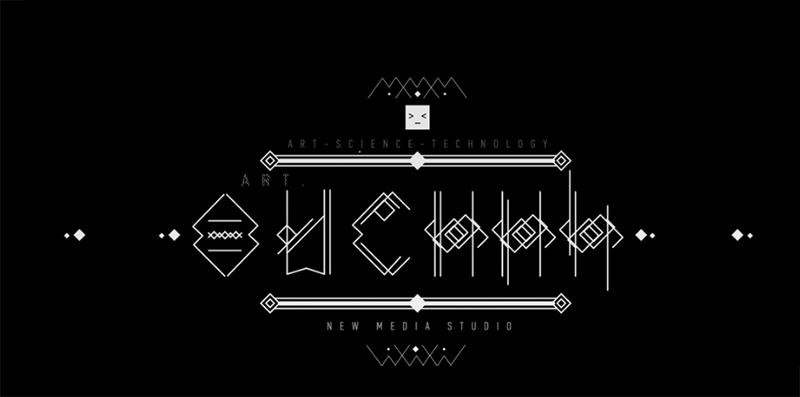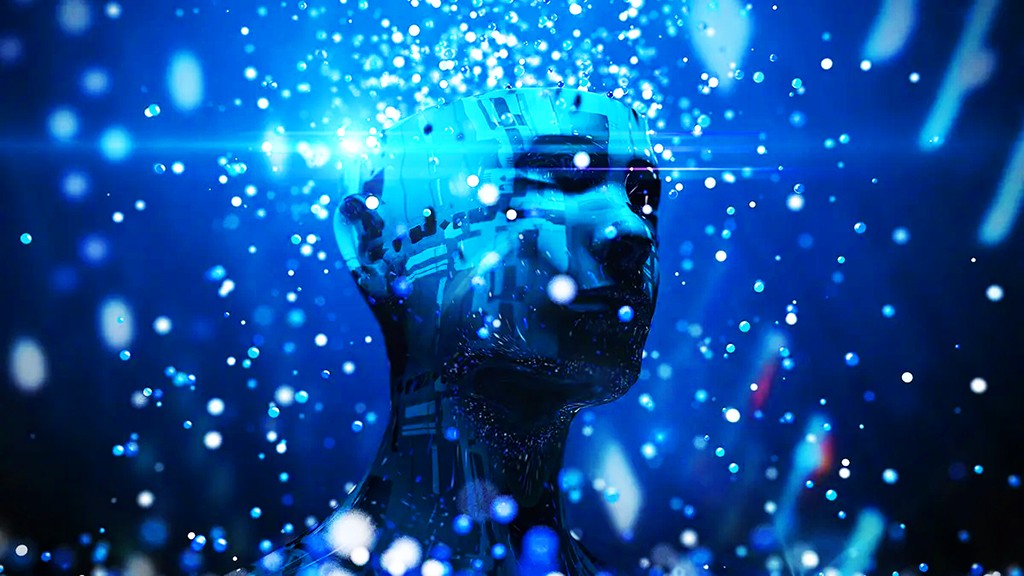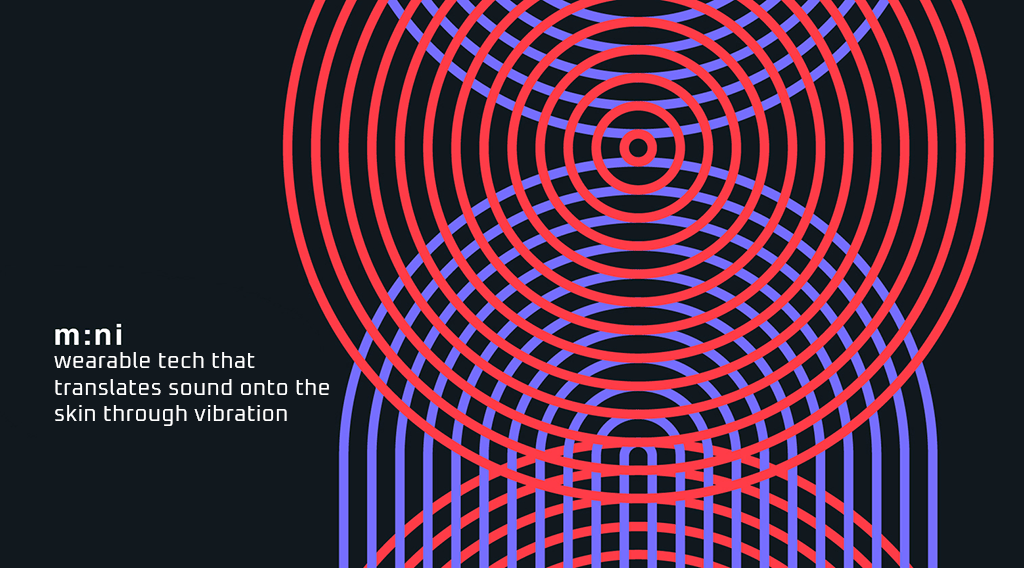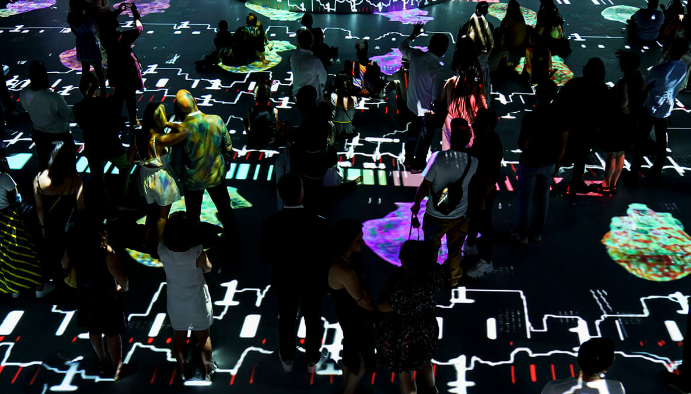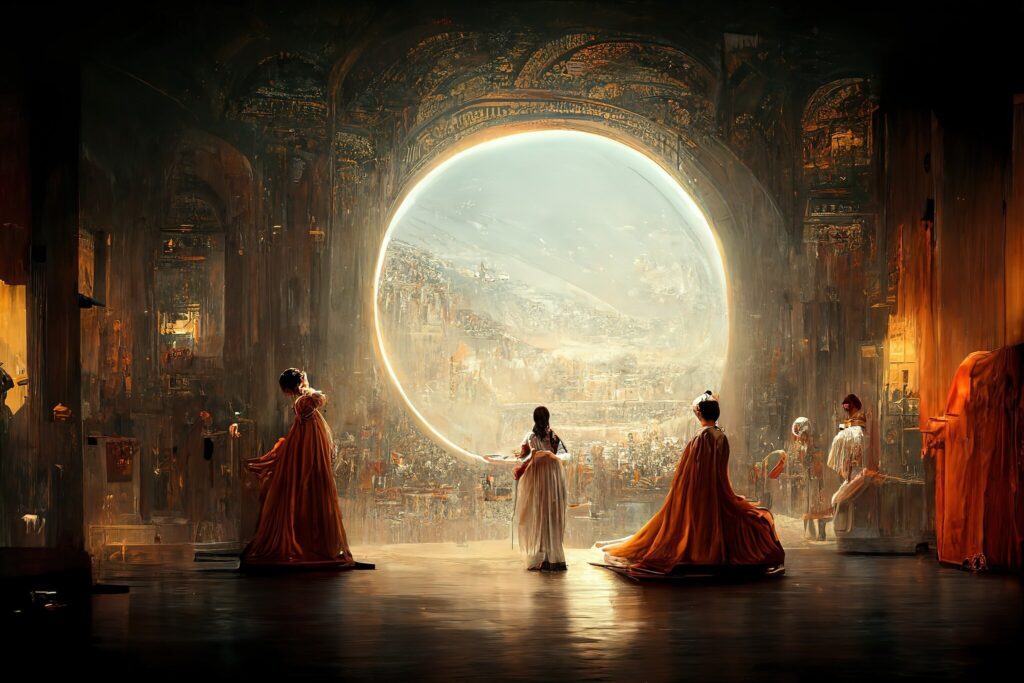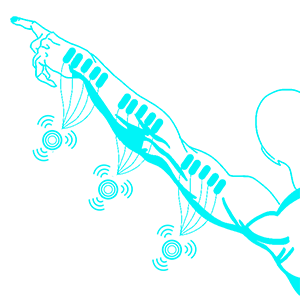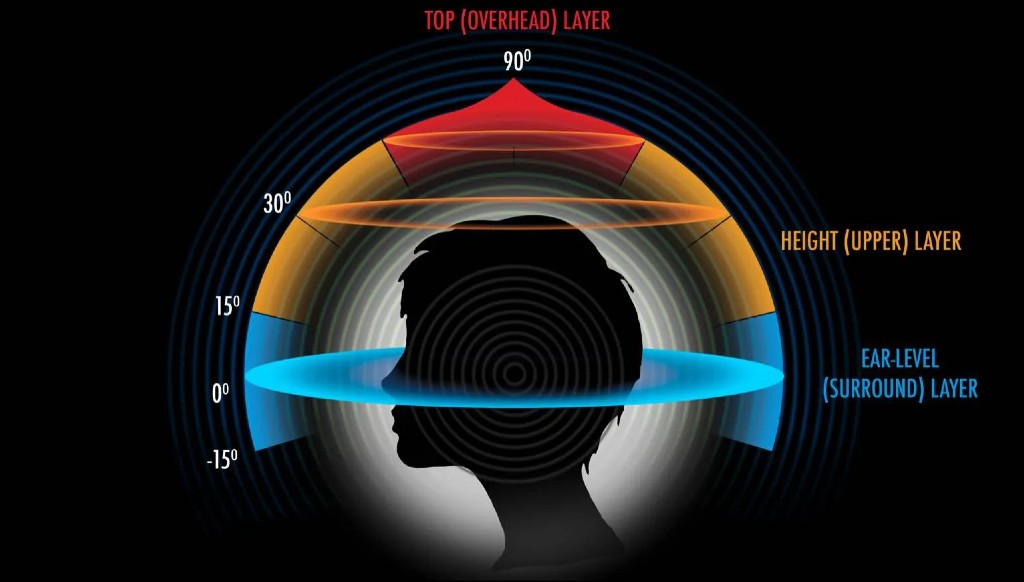
We believe that soundstage is the future of music recording and reproduction. But before such a sweeping revolution can occur, it will be necessary to overcome an enormous obstacle: that of conveniently and inexpensively converting the countless hours of existing recordings, regardless of whether they’re mono, stereo, or multichannel surround sound (5.1, 7.1, and so on).
No one knows exactly how many songs have been recorded, but according to the entertainment-metadata concern Gracenote, more than 200 million recorded songs are available now on planet Earth. Given that the average duration of a song is about 3 minutes, this is the equivalent of about 1,100 years of music.
Today, researchers, companies, and entrepreneurs, including ourselves, are closing in at last on recorded audio that truly re-creates a natural sound field. The group includes big companies, such as Apple and Sony, as well as smaller firms, such as Creative. Netflix recently disclosed a partnership with Sennheiser under which the network has begun using a new system, Ambeo 2-Channel Spatial Audio, to heighten the sonic realism of such TV shows as “Stranger Things” and “The Witcher.”
That is a lot of music. Any attempt to popularize a new audio format, no matter how promising, is doomed to fail unless it includes technology that makes it possible for us to listen to all this existing audio with the same ease and convenience with which we now enjoy stereo music—in our homes, at the beach, on a train, or in a car.
Link: 3DSoundStage EEEE
- Comprehensive Public Safety Plan Survey: Equity - March 11, 2024
- Comprehensive Public Safety Plan Survey: Court System - March 11, 2024
- DC Comprehensive Public Safety Plan Survey: Surveillance // Privacy - March 11, 2024

